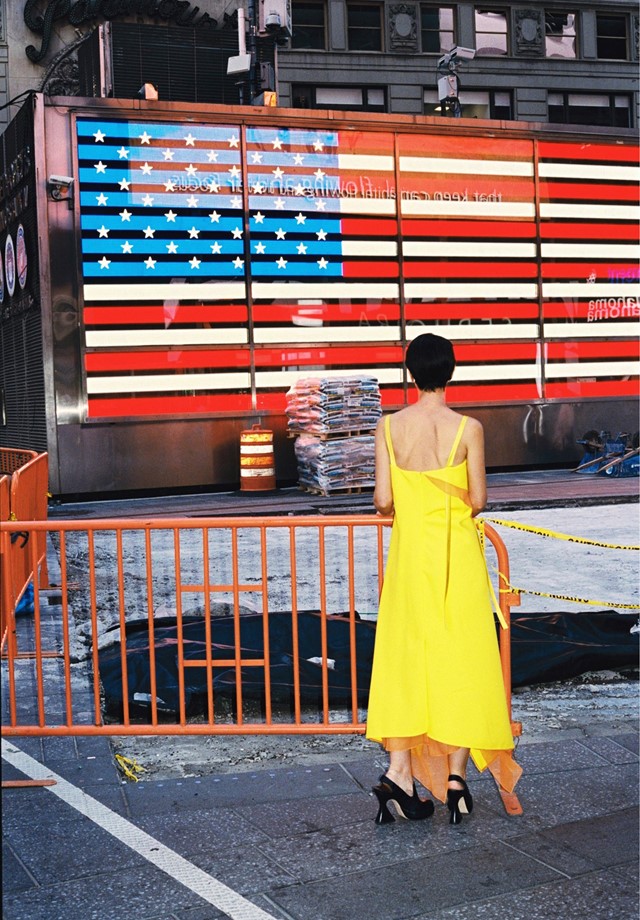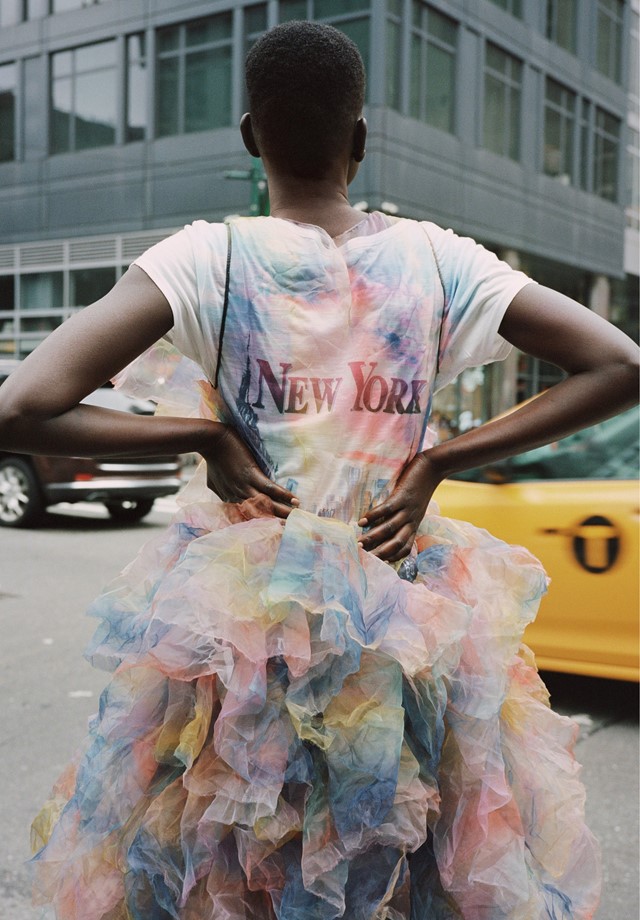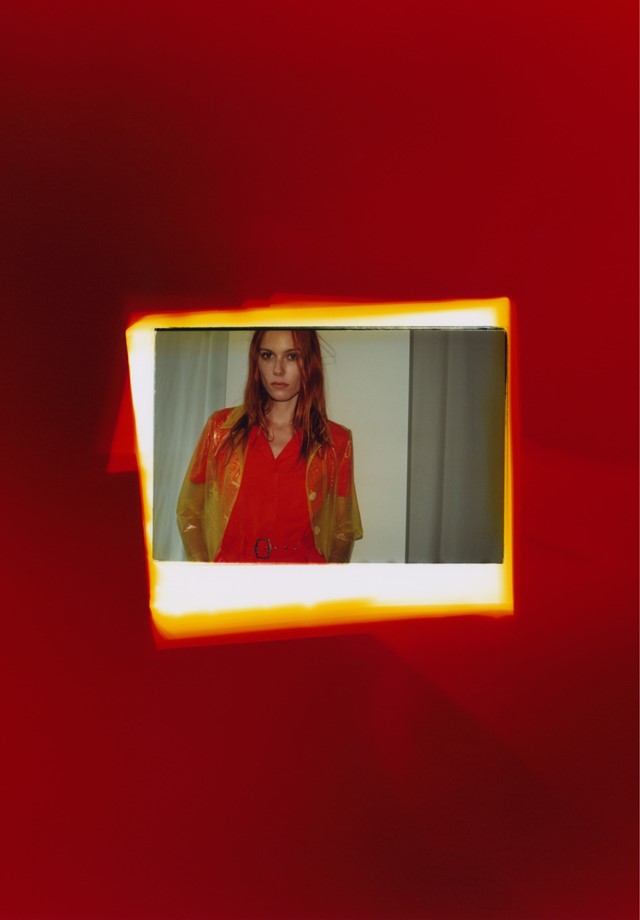A new Rizzoli book celebrates Sies Marjan’s daring, emotive use of colour. Here, its creative director Sander Lak talks about his vivid use of chroma, and why the now-shuttered brand was “so its own thing”
The first thing I ask Sander Lak on Zoom is what colour his sweater is. Fuchsia? Magenta? “I would call this, like, Pepto-Bismol pink,” he says of the turtleneck with a sky-high collar cradling his head. “Sies Marjan; an archival piece.” The New York-based brand that Lak founded shuttered in 2020 after only five years, but it left an outsized impact on fashion.
Lak, who was Dries Van Noten’s former head of design for five years, created impeccably constructed yet wearable clothes that telegraphed exuberance and daring individuality – all in a vivid, evocative palette. With each sumptuous, jewel-toned collection, Lak built a case study on the emotive power of colour. To memorialise the brand’s legacy, Lak and Rizzoli have released The Colors of Sies Marjan, a 400-page tome organised not by year or season, but by Lak’s love language: colour.
The book is a richly captured compendium of one of American fashion’s most influential houses. Images from unseen runway looks, ad campaigns, and found objects are a window into the mind of a colour maestro and master designer. Interviews with creative luminaries including Marc Jacobs, Donna Tartt, Rem Koolhaas and Hanya Yanagihara also feature – all devoted fans of Sies Marjan. Here, in his own words, Lak talks about colour, creativity, and Sies Marjan’s legacy.
“My first memory of colour was when I realised that it was something more than just the surface of everything around us. My father used to work for Shell and we lived all around the world. I was born in Brunei, and lived in Malaysia, Africa, Scotland. When we were living in Africa, we were living in Gabon, which is on the equator and it’s extremely green and lush. Me and my brothers, we would always play outside, and my mom would dress us in red clothes so she could find us. Green and red are good opposites, so my mom was being very protective and practical. So that was the first time that I realised that colours do things to each other; you can make things disappear, you can make things pop. That [was the] first moment that I really took that concept and started playing with it.

“For those people who see colour, colour is everywhere. Colour is something you almost take for granted. Colour can be really overwhelming for me, where some people can just move through it very easily; for me, it can be quite a lot. Sometimes it’s also limiting. I can’t live, for example, in my house with too many colours, because it just screams too loud. I’m too sensitive to it. So it’s something that I live with, something that I love. It’s also something that I’ve been able to make a career out of. So it’s also an economic, professional component now, which it wasn’t before.
“In the studio, it would be really interesting to look at a shade of green and my designer would be like, that reminds me of a toy I had when I was a child so it gives me a vintage, classic feeling. And then somebody in marketing would say, that reminds me of a gemstone that my grandma had as an earring. I would then filter all that information and start creating a world of fabrics within those colours. So then it would be like, if this is a really synthetic colour, I’m doing something really natural with the material or other way around. Only then would we be like, okay, so what kind of clothes are we making with these ingredients?

“I wasn’t planning on not having the company. I wasn’t planning ahead in that kind of way of like, let’s make [the clothes] timeless. But while doing the book, I really noticed that that was the case, that [Sies Marjan] wasn’t stuck in this referential period of fashion. Sies Marjan was so its own thing. And that’s why the order of the book is by colour. It’s not chronological because it doesn’t matter if you’re looking at the first look from the first show or the last show – it’s all Sies Marjan, it’s all within that lens. And the references are everything and nothing because colour is everything and nothing.”
The Colors of Sies Marjan is published by Rizzoli and is out now.






